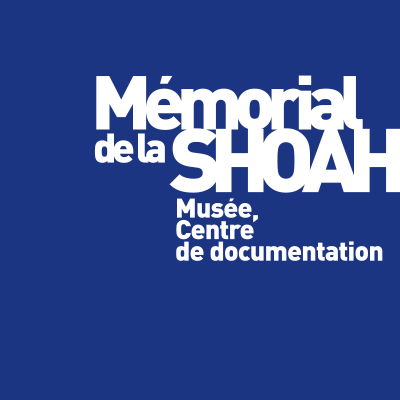Filming the war The Soviets in the face of the Holocaust (1941-1946)
Today, 70 years after the liberation of the camps, everyone remembers the terrible images that photographers reported. Only the Soviet film operators, during the reconquest of lost ground (1942-1943), then the conquest of the Baltic countries, Poland and the eastern German territories (1944-1945) were able to film on the sites of the most important massacres of civilians that Europe has known in its history. The filmic images of this crime, which the West has mostly forgotten, have not been exploited since the end of the Second World War.
How and for what purposes were these images filmed, edited and projected in the USSR during the war? Why did the Soviets minimize the specificity of Jews among the victims of Nazi abuses?
The hundreds of images shown in this exhibition reveal the opening of pits and traces of mass executions in Eastern Europe (Babi Yar, Kertch, etc.), the liberation of the camps, as well as the many trials and executions that followed the Liberation. This exhibition attempts to understand the uses of these works, and seeks to grasp how the spread of some of them has shaped the collective representation of the Second World War and the Holocaust.
SEE THE EXHIBITION SITE
